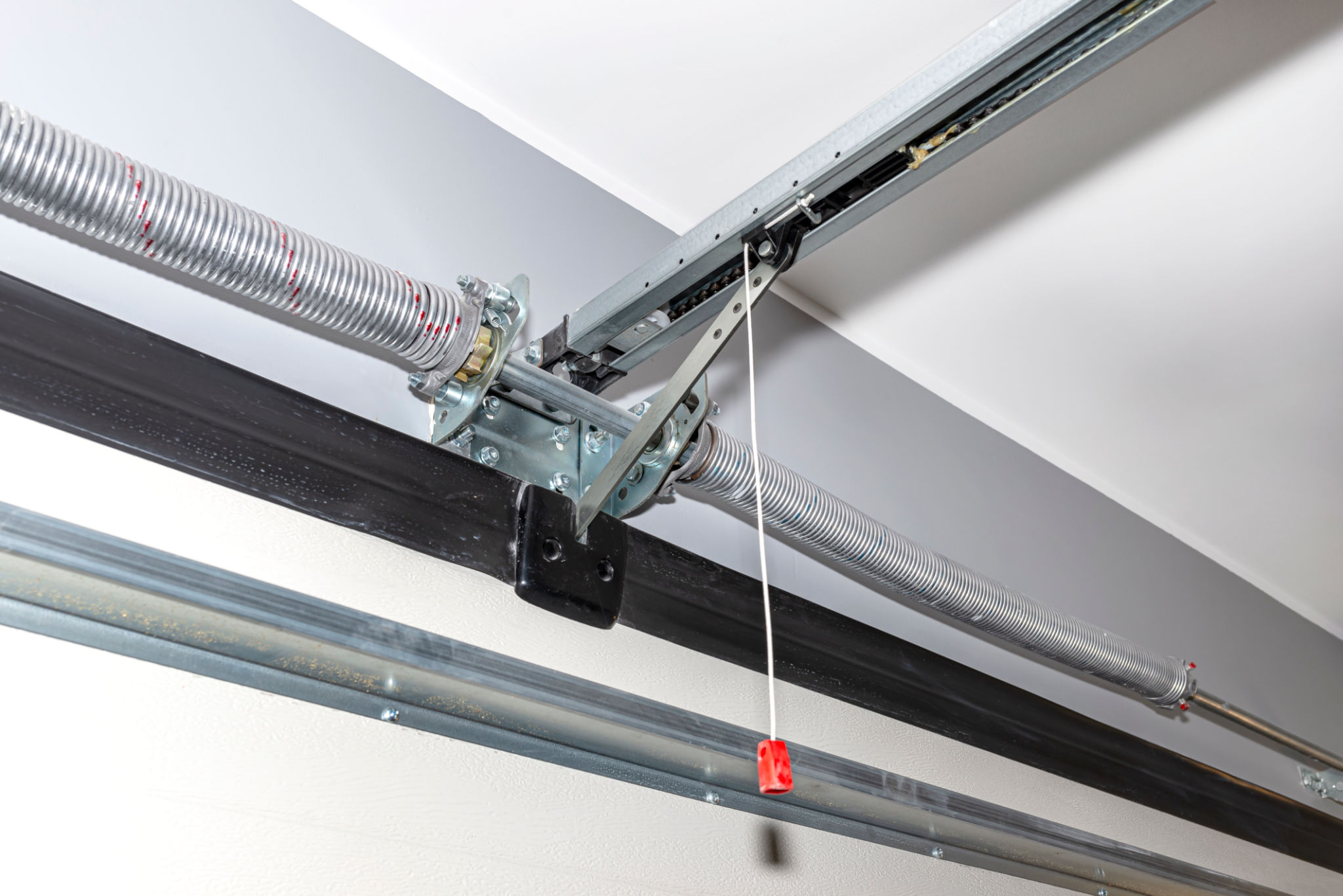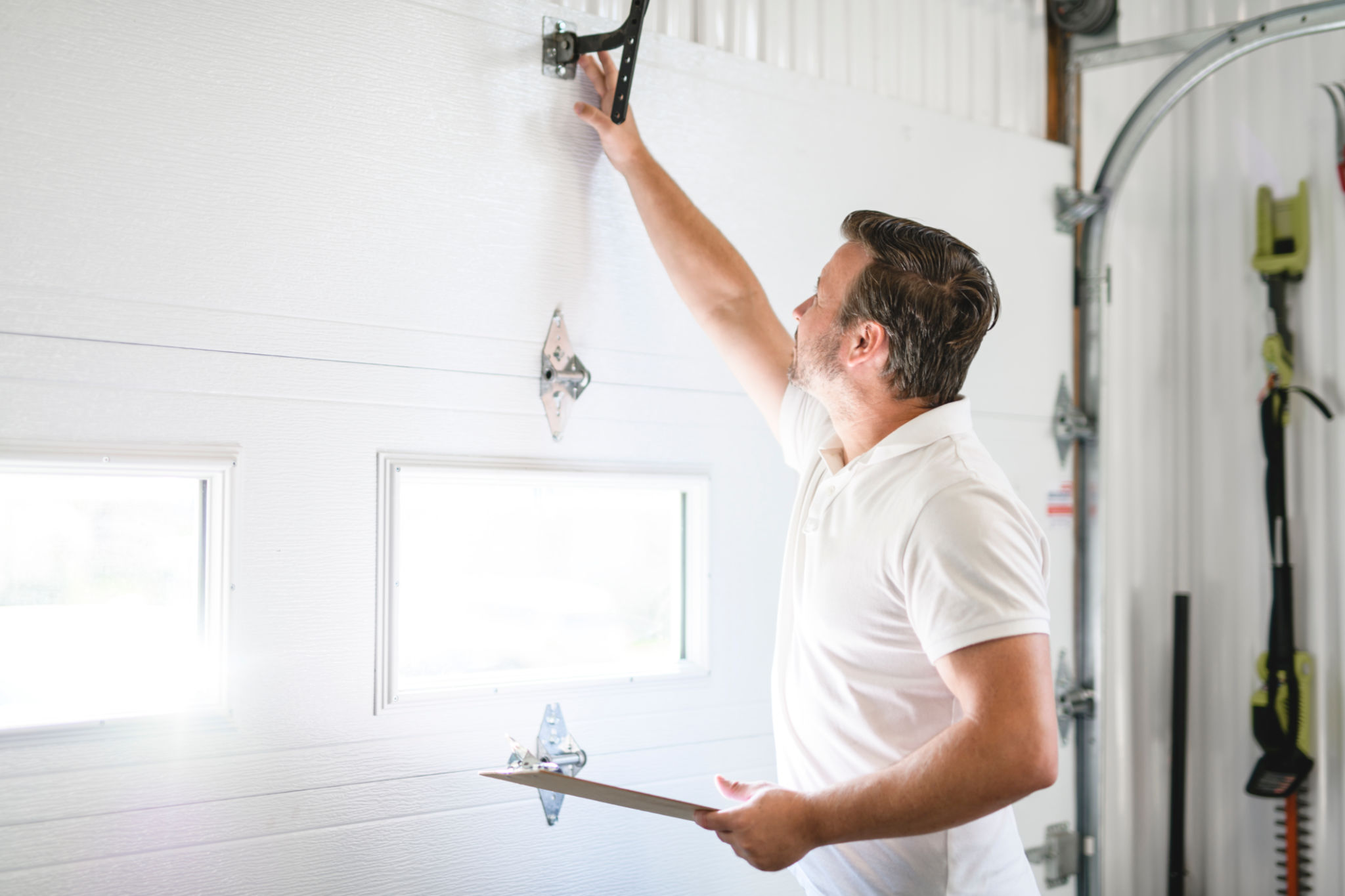

- Services
- Garage Doors
- Garage Door Maintenance
- Annual Maintenance Plan
- Broken Garage Door Spring
- Garage Door Cable Replacement
- Garage Door Opener Repair & Replacement
- Garage Door Roller and Track Repair
- Off-Track Garage Door
- Garage Door Weather Stripping Installation
- Garage Door Sensor Repair
- Garage Door Panel Replacements
- Garage Door Maintenance & Safety Inspections
- Garage Door Spring Tension Adjustment
- Garage Door Keypad Installation
- Garage Door Remote Programming
- Frequently Asked Questions
- About
- Contact
- Blog
The Mechanics of Garage Door Repair: Understanding the Process
Introduction to Garage Door Mechanics
Understanding the mechanics of garage door repair can save homeowners not only time but also money. A garage door is a complex system that requires precise coordination of multiple components to function smoothly. By familiarizing yourself with these components, you can better identify issues and potentially fix minor problems yourself.

The Main Components of a Garage Door
Garage doors are comprised of several key parts, each playing a crucial role in the door's operation. The primary components include the door panels, tracks, rollers, springs, cables, and the opener. Each piece must be in good working condition to ensure the door opens and closes smoothly.
Springs are particularly important as they bear the weight of the door. There are two types of springs: torsion springs, which are located above the closed door, and extension springs, found above the upper tracks on both sides. Without functioning springs, the door would be nearly impossible to lift manually.

Common Garage Door Issues
Several common issues can affect garage doors. These range from misaligned tracks and broken springs to malfunctioning openers and worn-out cables. Often, these problems can be diagnosed with a simple inspection. Look for visible wear and tear on components like cables and springs, or listen for unusual noises during operation.
If you notice that your garage door doesn't close correctly or reverses automatically, it might be due to a problem with the sensors or alignment issues with the tracks. Addressing these problems early can prevent further damage and costly repairs.
The Repair Process
Repairing a garage door typically involves a series of steps depending on the specific issue at hand. For instance, if you're dealing with broken springs, it's crucial to remember that these repairs can be dangerous due to the tension stored in the springs. It's often best left to professionals unless you have experience in handling them.
- Identify the issue: Conduct a thorough inspection of all components.
- Gather necessary tools and parts: Ensure you have the right equipment and replacement parts.
- Follow safety protocols: Always prioritize safety by wearing protective gear and ensuring the power supply is turned off.
- Execute the repair: Depending on the issue, this could involve replacing springs, realigning tracks, or adjusting sensors.

When to Call a Professional
While some minor repairs can be done by handy homeowners, certain situations require professional intervention. If you encounter issues with spring replacement, complex opener problems, or significant structural damage to the door panels, it's advisable to contact a professional garage door technician.
Professionals not only have the necessary tools and expertise but also ensure that repairs are done safely and efficiently. This reduces the risk of injury and ensures that your garage door remains in optimal condition for longer periods.
Maintaining Your Garage Door
Regular maintenance is key to preventing most garage door issues. Simple tasks like lubricating moving parts, tightening hardware, and checking the balance of the door can go a long way in extending its lifespan. It's recommended to perform these maintenance tasks at least twice a year.

By staying proactive with maintenance, you can identify potential problems before they become serious and costly repairs. This not only ensures the safety of your family but also saves you money in the long run.
Conclusion
Understanding the mechanics of garage door repair empowers you to handle minor issues and make informed decisions about when to seek professional help. By maintaining your garage door regularly and being aware of its components, you can enjoy a smoothly functioning garage door for years to come.